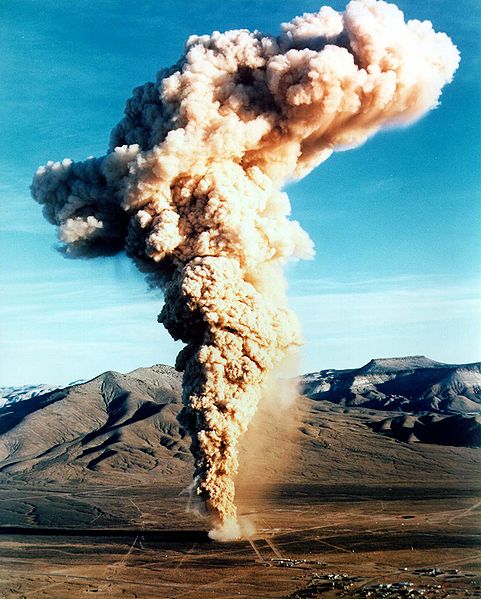Added 2 new A* pages:You know, it's kind of hard to draw a person with their face all distorted by loathing and not have them come out really hideous-looking. Hm. Oh well, I guess that's why they tell beauty pageant contestants to tone down the loathing and turn up the smiling.
I've polished off the two volumes of Jeff Hawke I got recently, and they were good fun, and gave me some excellent ideas for how to illustrate science fiction adventures. There's a quote on the back from Dave Gibbons (of Watchmen fame), calling the series a "mix of whimsy, hard science fiction, and stunning draftsmanship." But what with all kinds of wacky aliens, faster-than-light-travel, brain-altering ray-beams, and so forth, calling Jeff Hawke *hard* science fiction is probably not something its authors would have attempted themselves.
I'm mentioning this because as I read the last included story today, "A Test Case," which ran from '62-'63, I came across a rather cringe-worthy case of pseudo-scientific adventuring that...well I don't think it was researched very heavily, and gives some insight into early '60s attitudes toward nuclear weapons. Things had advanced a bit since the heavy nuke testing back in the '40s, but they were still way more cavalier about nuclear weapons and radiation than we are in these post-Cold War, post-Chernobyl, post-Three Mile Island days.
In the story, a British nuclear physicist, equipped with advanced alien technological know-how, destroys a UK nuclear power plant with the disintegration ray he made from a portable electric heater (whose construction treated us to a typical Jeff Hawke summary of alien technological know-how: "If I take a lead from the radio output at this stage, and get all the germanium crystals at a low-frequency resonance... Then use this reflector to concentrate the beam..."). The radioactive gas cloud from the wrecked plant is being blown toward a nearby town. Hawke and his buddy Mac scramble in a fighter jet, get permission from the government to use a nuclear weapon, and Hawke nukes the gas with a lovely mushroom cloud over the English countryside. "I don't get the theory of this!" exclaims Mac. Fortunately, Hawke assures us that nuclear 1 plus 1 equals zero: "It's simple, Mac--we've created an enormous thermal, which is drawing the gas cloud up into the stratosphere!"
'K. Well, even assuming that the nuclear blast would suck up most of the pre-existing radioactive gas into its thermal vortex, instead of just scattering it far and wide sideways across the countryside, sticking dangerous stuff into the stratosphere is *not* what you want to do, because then you turn a local problem into a worldwide problem. For instance, a nuclear-powered US military satellite that burned up on reentry after failing to achieve orbit in 1964 released radioactive plutonium-238--twice as much as had been released by all previous atmospheric nuclear testing combined!--into the stratosphere, resulting in a *global* three-fold increase in plutonium-238 fallout.
And then there's the little fact that you've now added a plentiful new dose of radiation into the mix from the bomb itself, and propelled a good amount of it up into the air so it will scatter down everywhere as fallout.
So yeah, way to go, Hawke! Ahem. Writer Willie Patterson's inspiration for the radiation cloud may have been the 1957 reactor fire at the Windscale nuclear plant in England, which released a radioactive cloud across the countryside, and is estimated to have led to over 200 cancer-related deaths in the area.
Indeed, Wikipedia's List of military nuclear accidents is sobering reading, especially considering that this is only the stuff that militaries have had to own up about! For instance, a dozen or so nuclear bombs or torpedoes have been lost since the '50's, mostly by the US, and never recovered--in the '50s and '60s, nuke-laden bombers were flying and crashing all over the place. Jeesh. Then there's horrible stuff like the accident at the SL-1 reactor in Idaho in 1961, where a reactor went flash-critical, instantly vaporizing its coolant, and the resulting pressure wave blasted its roof off, impaling one operator to the ceiling with a nuclear control rod; his body--still pinned to the ceiling above the ruined reactor--wasn't found and recovered until six days later. :o
And finally, I'll expose you to Operation Emery, a series of underground nuclear tests from '70 to '71 in Nevada, during which six percent of one detonation's radioactive products unexpectedly vented to the surface through fissures, raining down on workers at the surface:

It got into winter storms, falling as radioactive snow in five states, and was carried by three jet streams to Canada, the Gulf of Mexico, and the Atlantic Ocean. Buuuut I'm sure it was all harmless way up there in the atmosphere like that, as Jeff Hawke explained to Mac. Whew.
|
